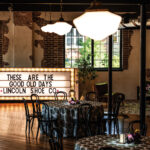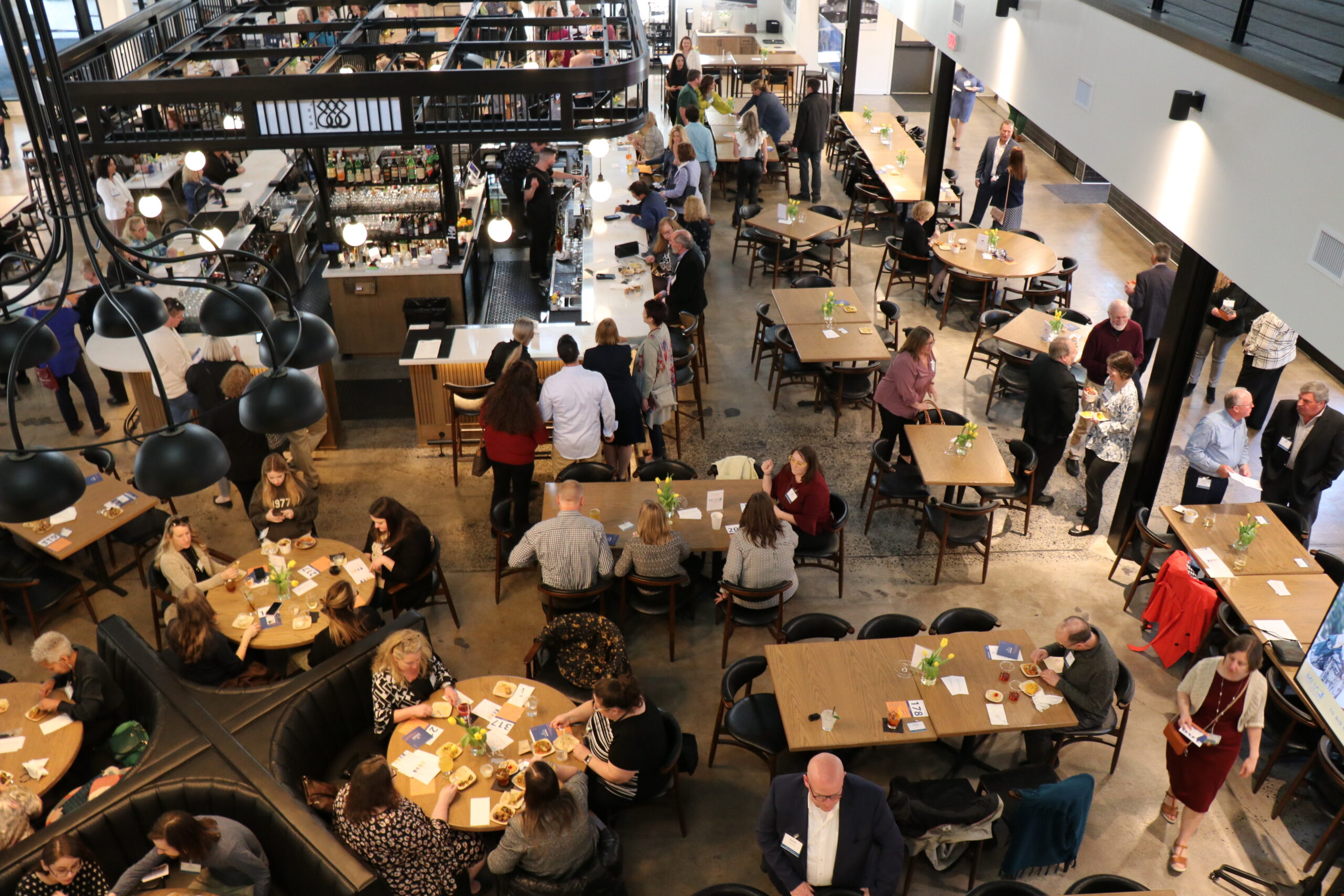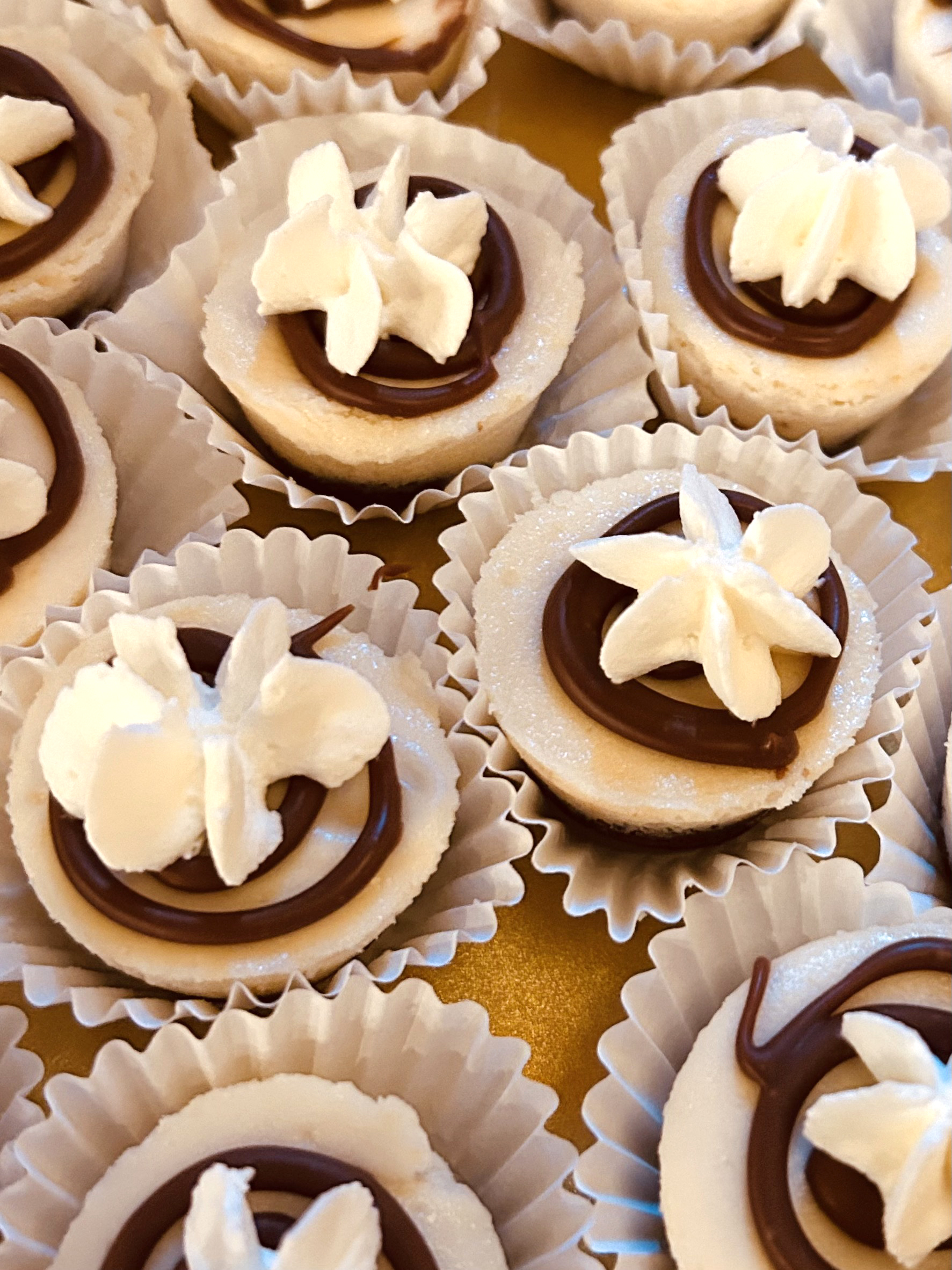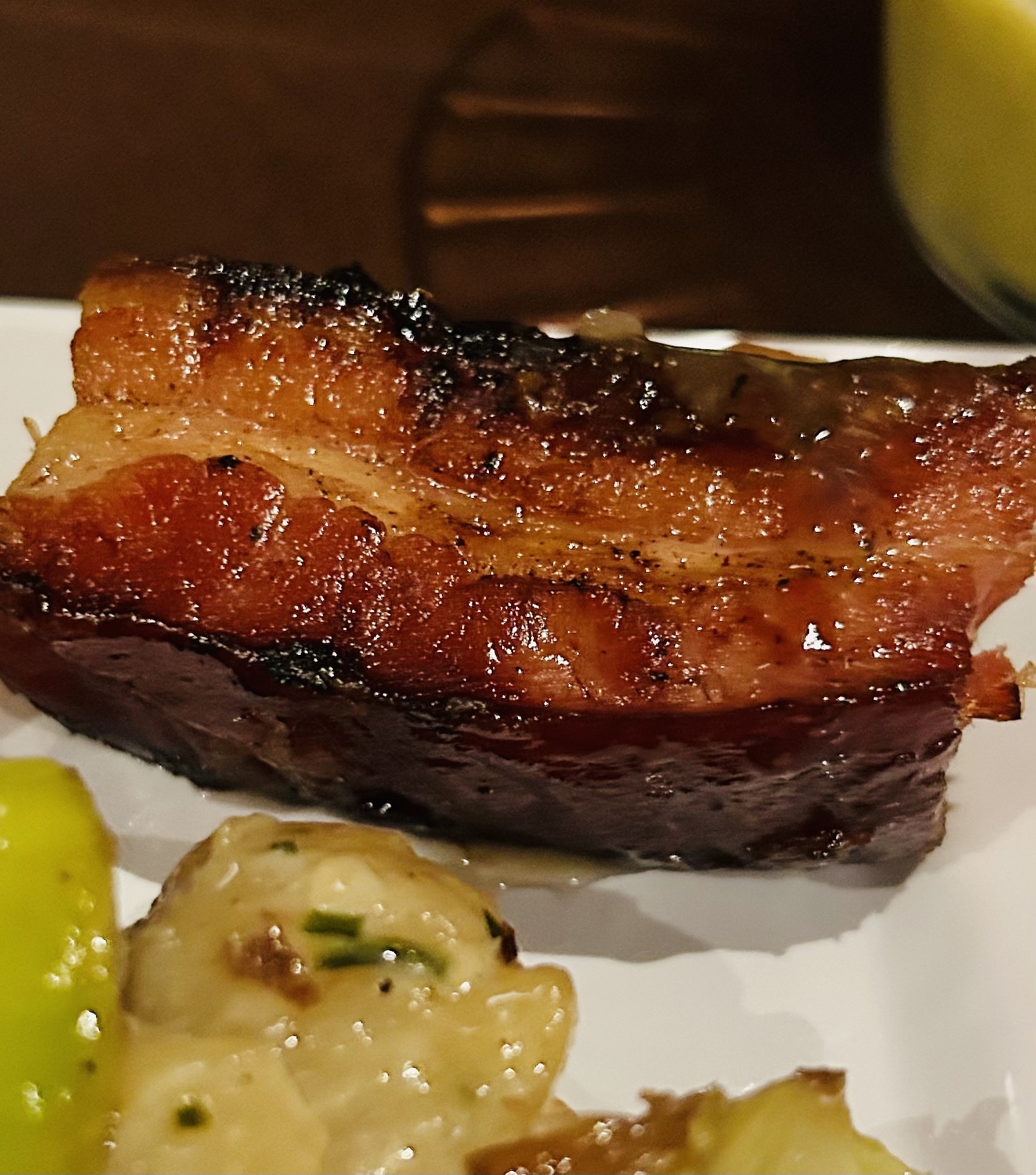Spring has sprung! It’s time to get out and enjoy all that the season has to offer.
 Best Kept Secrets Tour
Best Kept Secrets Tour
April 4-20
Lancaster County
How many times have your driven by a small shop or greenhouse and made a mental note to stop there someday. Well, thanks to this unique tour, that “someday” has arrived. The spring tour will take you to more than 40 shops, small businesses, greenhouses and restaurants that you’ve always meant to visit but for one reason or another never have. A ticket ($12) provides you with a ticket/tour guide that is good for the duration of the self-driving tour. Those who purchase early-bird tickets will be gifted with goodie bags that are filled with coupons and other items. The tour also benefits local nonprofits: $1 from each ticket sale will be donated to the Transitional Living Center.
Information:
bestkeptsecretstour.com
Natural World – Copland and Bernstein
April 5 & 6
Gardner Theatre at Lancaster Country Day School
You’ve seen Leonard Bernstein’s life portrayed in the Academy Award-nominated film, Maestro, and now you can hear his music performed by the Lancaster Symphony, which is presenting a program that celebrates our natural world. Joined by the Lancaster Symphony Chorus, the concert will include Bernstein’s Chichester Psalms, as well as Aaron Copland’s Suite from The Tender Land. The works will be accompanied by films that were created by Stephen Lias and Alan Hovhaness. Friday, 7:30 p.m. Saturday, 2:30 and 7:30 p.m. 725 Hamilton Rd., Lancaster.
Information:
lancastersymphony.org
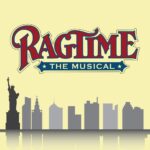 Ragtime The Musical
Ragtime The Musical
April 5-May 12
Dutch Apple Dinner Theatre
Set in the early years of the 20th century, Ragtime tells the story of three diverse American families whose stories become interwoven. United by their courage, compassion and belief in the future, they confront history’s timeless contradictions of wealth and poverty, freedom and prejudice, and hope and despair. Note: this show is rated PG-13. Matinee and evening performances are offered. A buffet lunch or dinner is held before the show, except on Thursday evenings, when dinner service is provided. 510 Centerville Rd., Lancaster.
Information:
dutchapple.com
Rails & Ales
April 6
Railroad Museum of Pennsylvania
Enjoy an evening of sampling craft beer among the museum’s collection of historic trains. This 7th annual event will feature more than a dozen craft breweries, both local and regional. Food vendors will also be onsite. Proceeds benefit the nonprofit, Friends of the Railroad Museum of Pennsylvania. Tickets must be purchased in advance. Must be 21+ to attend and a photo ID is required. General admission begins at 6:30 p.m. Tickets for the VIP hour (5:30-6:30 p.m.) are also available. 300 Gap Rd., Strasburg.
Information:
rrmuseumpa.org
Wildflower Hikes
April 7, 12 & 13
Shenks Ferry Wildflower Preserve
The Lancaster Conservancy will be leading hikes through the nature preserve that is world-renowned for its displays of spring ephemeral wildflowers that extend to 70 varieties. Learn how to identify common spring bloomers and explore the ecology of the area in which they grow. The hike will entail 3 miles of mostly flat terrain. For ages 8+. April 7 & 12 at 1 p.m. April 13 at 9 a.m. 857 Green Hill Rd., Conestoga.
Information/registration:
lancasterconservancy.org
Noodles Around the World
April 9
Southern Market
Taste unique dishes from around the world by sampling the offerings of chef stations. Event also features live and silent auctions and a cash bar. Also learn how the work of Mental Health America of Lancaster County, the event’s sponsor, is impacting lives. 5:30 p.m. 100 S. Queen St., Lancaster.
Ticket Information:
mhalancaster.org
Pennsylvania Herb and Garden Festival
April 12-13
York Expo Center
It’s time to think about gardens! The show will feature speakers, workshops and plant-related vendors. Workshops will focus on wreath making and creating herb containers. Presentations will discuss the Herb of the Year (yarrow) and caring for houseplants and succulents, among other topics. Admission is $10 (kids 12 and under are free). Free parking is provided. Friday, 11 a.m.-5 p.m. Saturday, 9 a.m.-4 p.m. 334 Carlisle Ave., York.
Information:
paherbfest.com
Revolutionary War Medicine
April 20
Historic Rock Ford
Thomas Plott, who serves as manager of character interpretation at Mount Vernon, and has over 30 years of professional acting and directing experience, has made a career of portraying historical characters, including William Shakespeare, Leonardo da Vinci and John Wilkes Booth. He now uses his versatility and skills as both an actor and researcher to depict George Washington’s personal physician and friend, Dr. James Craik, who became the first physician general of the United States. Mr. Plott will discuss the medical practices of the Revolutionary War, as well as the methods and medical instruments used by doctors in the 18th century. Tickets are $15; proceeds benefit Historic Rock Ford. 2 p.m. 881 Rockford Rd., Lancaster.
Information:
historicrockford.org
 Antiques Extravaganza
Antiques Extravaganza
April 26-30
Adamstown
Antiques are the epitome of recycling and upcycling! If you’re looking for collectibles or antiques that will add that unique touch to your home’s décor, make your way to the “Antiques Capital” of the USA, Adamstown, where shops, outdoor markets and thousands of dealers will be taking part in this annual spring event, some offering extended hours.
Information:
antiquescapital.com
 Lancaster Native Plant and Wildlife Festival
Lancaster Native Plant and Wildlife Festival
April 27
Overlook Park
Habitat MT and Manheim Township Department of Parks and Recreation will host this annual festival that will include a wide range of nonprofit organizations whose focus is on the environment, native plant vendors and presentations. 8 a.m.-1 p.m. 2215 Fruitville Pike.
Information:
lancnativeplantfestival.com
Race Against Racism
April 27
Musser Park
Now in its 26th year, Lancaster’s Race Against Racism is the biggest and longest consecutively held event of its kind in the nation. Proceeds from the event benefit the YWCA’s Center for Racial and Gender Equality, as well as educational, training, advocacy and change programming. Registration for the 5K run begins at 7 a.m., with the start time slated for 9 a.m. There is also a children’s running event. Run solo, assemble a team or just come and support the event. East Chestnut and North Lime streets in Lancaster.
Information:
ywcalancaster.org/raceagainstracism
Pa Family Travel Fair
April 27
John Bonfield Elementary School Gym/Campus
The Keystone State is filled with unique destinations and experiences that are awaiting your arrival! From big cities to small towns and wide-open spaces, you’ll discover museums, historical sites, the arts, amusement parks, outdoor adventures, fantastic food, seasonal festivals and a wide choice of lodging options. The PA Family Travel Fair is designed to showcase fun and affordable vacation opportunities in the state. Exhibitors from across Pennsylvania will acquaint you with how much the state truly has to offer. No sales are involved, just lots of free information, fun children’s activities and entertainment, mascots, raffle drawings and giveaways. A variety of food trucks will be onsite, as well. Bring the entire family and start planning your summer vacation or weekend getaway. 9 a.m.-3 p.m. 101 N. Oak St., Lititz.
Information:
pafamilytravel.com
 Plant Exchange
Plant Exchange
April 28
Lititz Historical Foundation
This annual event invites gardeners to cull their flower beds of excess perennials and exchange them for other plants. How it works is you bring potted and tagged plants (perennials only) to the exchange and received a ticket for each donation. The donated plants are then organized into categories at which time you can use your tickets to select new varieties. 1:30 p.m. Mary Oehme Gardens, rear of 137-145 E. Main St., Lititz.
Information:
lititzhistoricalfoundation.com
Ellen and William Craft: A Love Story
April 30
The Ware Center
LancasterHistory welcomes Ilyon Woo, the author of The New York Times best seller, Master Slave Husband Wife, which tells the story of a couple’s bid for freedom through disguise, determination and daring. By posing as a White disabled man (Ellen) and his Black slave (William), the two traveled more than 1,000 miles from Georgia to Philadelphia in 1848, eluding slave traders, military units and even friends of their enslavers along the way. When their story was revealed, they readily shared it with audiences across New England, often taking to stages with luminaries such as Frederick Douglass and others. But their story wasn’t quite finished. The passage of the Fugitive Slave Act (1860) forced them to seek freedom once again, with their escape taking them to England. Numerous media outlets and literary organizations named this as one of 2023’s best books of the year. 5 p.m. reception/book signing. 5:30 p.m. lecture. 42 N. Prince St., Lancaster.
Ticket Information:
lancasterhistory.org
Lancaster Stormers 20th Season
April 30
Clipper Magazine Stadium
The Lancaster Stormers launched their 20th season by rebranding their name (simply Stormers) and unveiling a new logo. (Cylo will be joined by a bull-themed mascot.) The team will be opening the home portion of their 2024 schedule against the newly minted Hagerstown Flying Boxcars on April 30, during which the Stormers will celebrate their most recent Atlantic League championship, as well as the three other titles they have won. All three of Lancaster’s championship managers – the current skipper, Ross Peeples; Lancaster’s native son, Tommy Herr; and four-time playoff skipper, Butch Hobson – will be honored prior to the game. Members of the 2023 team will be receiving their championship rings, as well.
The early season schedule will also include the two special jersey auctions, a Margaritaville- themed Kick-off to Summer Bash and Spanish Heritage Night. (Note to Swifties: a Taylor Swift Tribute is coming in July.) Throughout the season, fans can take part in Wet Nose Wednesdays (bring your dog) and enjoy entertainment provided by the WellSpan Health Fun Friday series and post-game laser-light shows. Seating discounts will be available to AAA members (Wed.), and military members and seniors (Thur.). This season’s schedule will feature school spirit nights in which students, faculty and teachers from various schools and districts will be honored for their achievements. The Stormers will also be honoring youth sports teams and leagues with their own special games dedicated to their achievements and participation over the last year. In honor of the milestone season, special events, giveaways and promotions will fill the calendar.
April 30 game begins at 6:45 p.m. 650 N. Prince St., Lancaster.
Information:
lancasterstormers.com



